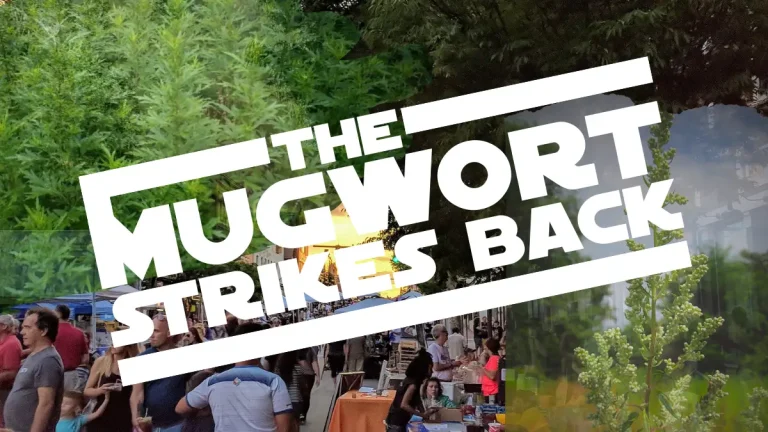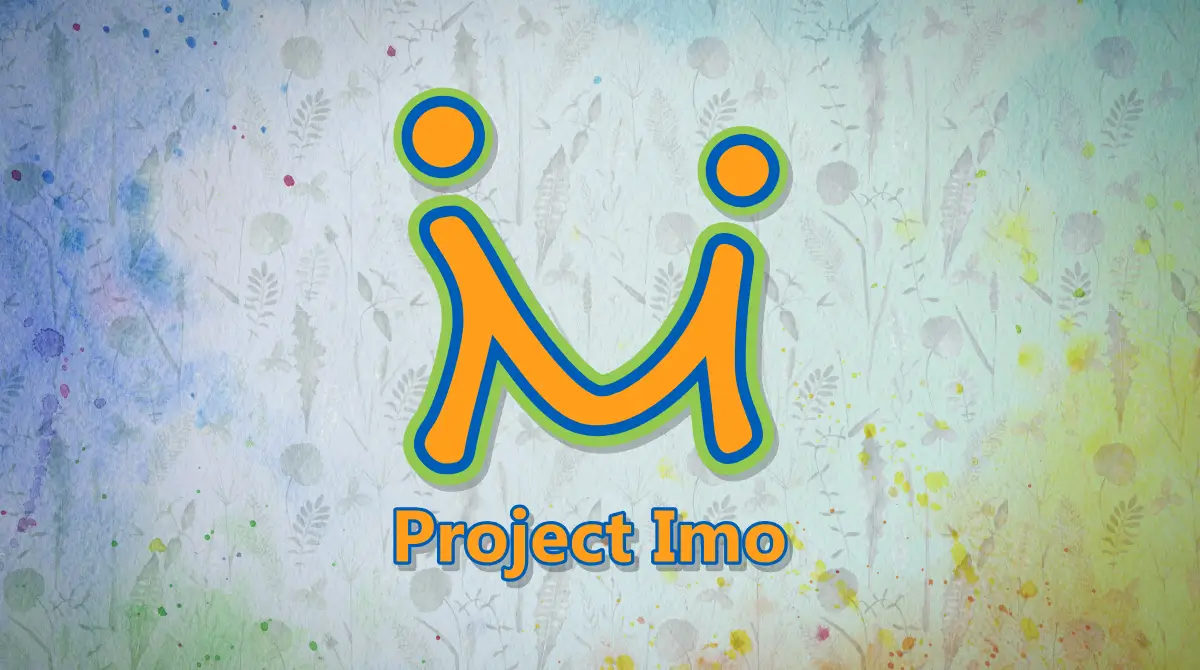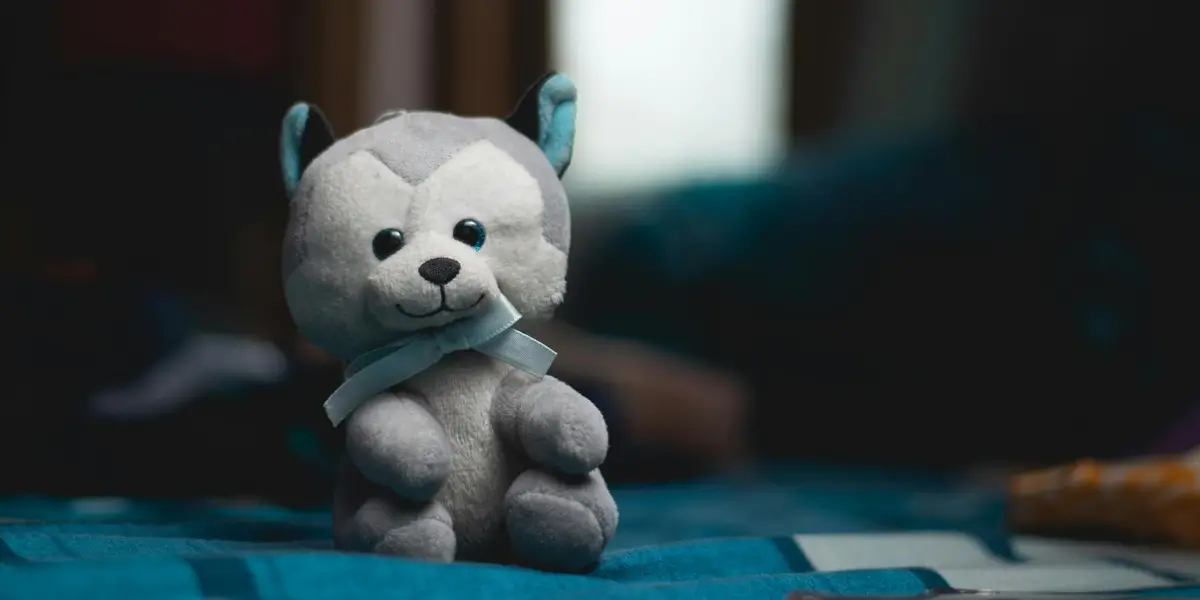Community Invasive Species Cleanup: The Mugwort Strikes Back
If you joined us for A New Hope, you know how quickly invasive species can change the look and feel of our community. We pulled back the curtain on what they are, why they matter, and what it feels like to take action together. But invasive plants don’t go quietly. They spread quickly, return stubbornly, and often take a lot more than one round of effort to control.
That’s why our second cleanup event is called The Mugwort Strikes Back. Mugwort is one of the most persistent invasive species in our area. It pops up along roadsides, sidewalks, and vacant lots, growing in thick clusters that crowd out just about everything else. It is hardy, it is fast, and it is everywhere once you start looking. But as strong as mugwort seems, it doesn’t stand a chance against a determined community.
Whats up with Mugwort?
At first glance, mugwort might not look like much. Some even mistake it for a common wildflower. But left unchecked, it spreads underground through strong roots and quickly takes over whole patches of land. Its growth leaves little room for the wildflowers, grasses, and shrubs that support pollinators, birds, and other wildlife. Over time, mugwort creates a monoculture which is a space where diversity is lost, and the ecosystem becomes weaker.
By learning to recognize and remove mugwort, we protect the variety of life that makes our environment resilient. Each plant pulled is a chance for something else to grow. Each cleared space is a small but important victory.
What you’ll do
This cleanup, like the first, blends learning with action. We’ll start by revisiting some of the skills from our previous cleanup and adding in new details specific to mugwort. You’ll learn how to tell it apart from look-alike plants, understand how it spreads, and practice methods for removal that make a lasting impact. Then we’ll roll up our sleeves again and get to work in some of the local areas in town.
Together we’ll tackle key spots where mugwort has taken hold. You’ll see firsthand how persistent it can be, but also how effective we are when we put in the effort as a group. Whether you are joining us again after the first event or this is your introduction to the series, you’ll leave with knowledge you can use anywhere mugwort grows.
A series in motion
This event is the middle chapter in our three-part series. In September, we set the stage with A New Hope, learning to spot invasives and making a difference downtown. Now, in The Mugwort Strikes Back, we’re doubling down, focusing on one of the most aggressive plants we face locally. And looking ahead, the series will wrap up in November with Return of the Trail Crew, where we’ll take our skills into the preserve for hands-on stewardship of our shared natural spaces.
You don’t need to attend all three events to benefit, but each one builds on the last. If you’re here for this one, make sure to save the date for the final chapter.
What you’ll take away
By joining this event, you’ll leave with:
- A strong understanding of what makes mugwort such a serious invasive species.
- The ability to identify mugwort and separate it from look-alikes.
- Experience in removing invasives safely and effectively.
- The shared satisfaction of knowing you’ve contributed to reclaiming part of our community’s landscape.
Why it matters now
The fight against invasives is never won in a single day. But each time we come together, we chip away at the problem and show that a healthier, more diverse landscape is possible. Our downtown is a space we all share, and by restoring it step by step, we create an environment that reflects the care and pride of the people who live here.
The Mugwort Strikes Back is not just about fighting a stubborn plant. It is about persistence, teamwork, and the belief that when a community works together, no invasive can hold the upper hand for long.
Why it is important for all of us
Our community spaces reflect who we are. When invasives take over, they make it harder for the natural beauty of our town to shine through. When we act together, we reclaim those spaces, creating healthier, more welcoming places for everyone. This isn’t just about pulling weeds. It’s about showing that small steps, taken together, can lead to meaningful change.






